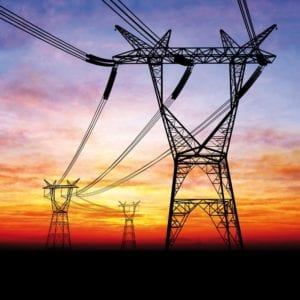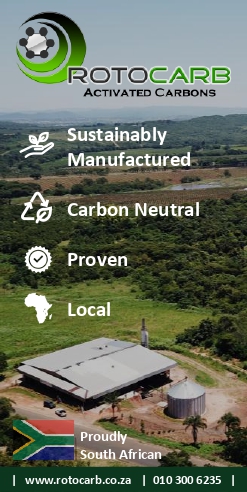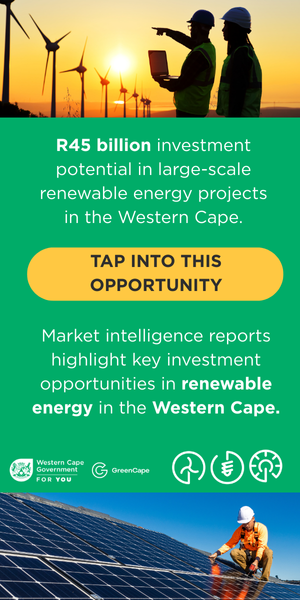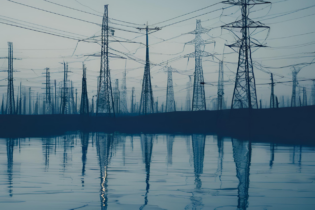 Xaris Energy and its partners welcome the Namibian High Court’s ruling to reaffirm the decision by NamPower to award Xaris Energy the tender to construct Walvis Bay Power Plant.
Xaris Energy and its partners welcome the Namibian High Court’s ruling to reaffirm the decision by NamPower to award Xaris Energy the tender to construct Walvis Bay Power Plant.
State of electricity in Namibia
Namibia currently imports more than 70% of its power from South Africa, Zimbabwe, Mozambique and Zambia, with key power import contracts in jeopardy and escalating power problems in the Southern African Power Pool (SAPP). South Africa’s load shedding appears to have been brought under control for the foreseeable future, but neighbouring Botswana, Zambia and Angola are continuously plagued by power shortage problems. Almost the entire Namibia was recently hit by power blackouts as a result of the reliance on power from South Africa.The solution – Walvis Bay Power Plant
The solution for Namibia involves the development of a baseload power plant, like the Xaris Energy’s 250 MW power plant being developed in Walvis Bay. If built and managed responsibly, the Walvis Bay Power Plant can last up to half a century or more and will assist in ensuring security of power supply and reduce Namibia’s reliance on electricity imports.The technology used for the the Walvis Bay Power Plant is based on GE LM6000 aero derivative technology, with a solid track record and high efficiency, with rapid start and stopping features, allowing the plant to adjust to the changing needs of the power system and act as a modular and flexible power source.
This will complement and support any future increased percentage of electricity produced from renewables, such as solar and wind, which place an escalating level of stress on aging power systems. The varying output can cause voltage swings in transmission lines, potentially creating power surges and blackouts, which can be supported by the combination of this and the Walvis Bay Power Plant. This new plant will bring power stability to Namibia. The plant will be fuelled by natural gas – the most environmentally friendly fossil fuel on earth. The plant will be connected to the Namibian grid that links to the SAPP grid, so that any excess energy produced by the plant can be sold to neighbouring countries. A logistics solution for the distribution of natural gas can also be established over time. Some of the secondary benefits of the plant include local employment and job creation, both during construction and operation phases and local employment and job creation through spin-off developments such as security, catering, transport, site management and cleaning services. Skills development and training will support market growth, education enhancements through bursaries and new facilities, and quality of life improvement for veterans through medical care and social support.






